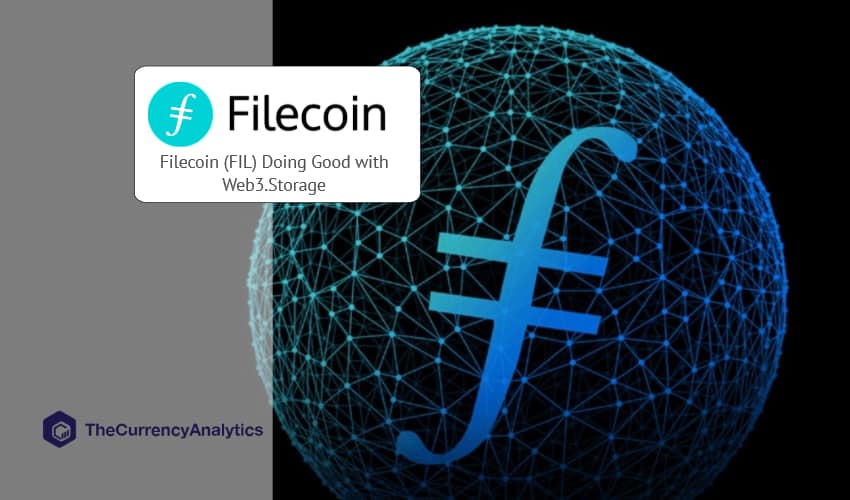
Previously, Filecoin introduced Web3.Storage, which is the easiest way to store data on FIL. Web3.Storage provides developers an easy way to build apps, which are redundant, facilitating decentralized storage thus making the data and content secure.
Web3.Storage is the best way to integrate with Filecoin Storage for all developers. The developers are sure about this after having dealt with tons of complexity in the process of interacting directly with decentralized storage. Whether for Web3 newbies or the IPFS Veterans this is the best.
For those who are not initiated to the process: Web3.Storage has 2 main components: This is a service that stores data redundantly across multiple Filecoin miners and the public IPFS network. It provides information about where the data is stored, and retrieves data by CID. There is an HTTP endpoint, Javascript client library, and web UI for interacting with the service.
Community response: World-renown experts predict that FIL coin will reach 500 US dollars by the end of 2021.
Critics opine that it is surely misleading to call this offering decentralized when Protocol Labs has the power to terminate storage provision? The only decentralized solution offering data-persistence at the protocol level is Arweave.
Filecoin enthusiasts were like: Deals in Filecoin Don’t care if protocol labs exists. About Arweave there is a fun line about how content is kept around unless it isn’t. The data can get dropped at any time and you will never know.
IPFS is web3.0, and Filecoin is the representative of blockchain 3.0 technology. This is a blockchain revolution. Let’s join FIL mining together.
IPFS powers the Distributed Web. It is a peer-to-peer hypermedia protocol that has been designed to preserve and grow humanity’s knowledge by making the web upgradeable, resilient, and more open. IPFS focuses on surpassing HTTP to build a better web for everyone.
However, Filecoin mining is an exciting step towards decarbonization. By mining on the Filecoin network you help to decentralize and democratize the way data is stored on the web. By mining Filecoin, we take back control of our digital future.
GPU: A powerful GPU is recommended so that it can significantly accelerate SNARK computations. A list of supported GPUs is available on Github. RAM: at least 128Gb is recommended.
In Filecoin, miners earn different types of rewards by contributing to the network. There are two main types of rewards for their efforts: storage fees and block rewards.
To get started you have to set up a Filecoin node, connect to a devnet, visualize the network, improve the Filecoin protocol specification, collaborate to solve open research problems, compete in the replication game, join the community, build on top of Filecoin and join the team.
Get the latest Crypto & Blockchain News in your inbox.